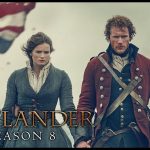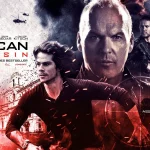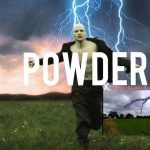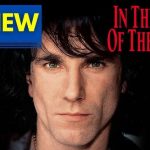The Last of the Mohicans (1992) – A Timeless Epic of Love and Survival
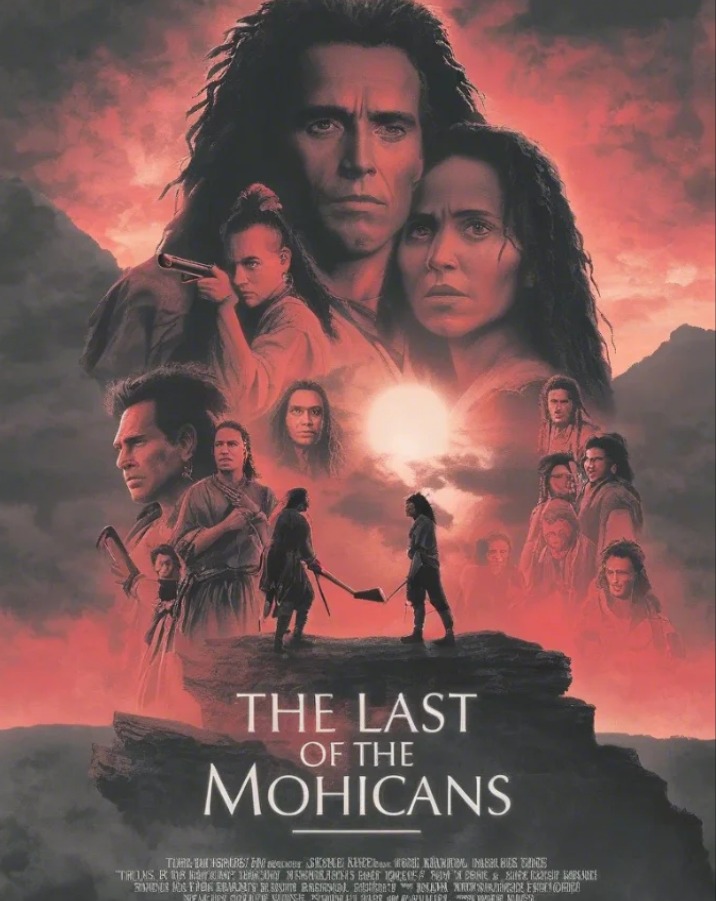
Directed by Michael Mann, The Last of the Mohicans (1992) stands out as one of the great historical dramas of the early ’90s, bringing James Fenimore Cooper’s classic novel to life with stunning visuals and a captivating story. Set against the backdrop of the French and Indian War in 1757, the film paints a vivid picture of a turbulent time in North American history, where colonial powers and Native American tribes clashed in a fight for territory and survival.
The Plot: A Tale of Love and Conflict
The film centers on Hawkeye, played by Daniel Day-Lewis, a white man who was adopted and raised by the last members of a Mohican tribe—Chingachgook (Russell Means) and his son Uncas (Eric Schweig). As war rages between the British and the French, Hawkeye and his family navigate a world where survival often means walking a delicate line between different cultures and loyalties.
Suggested videos for you:
Suggested videos dỏ you:
Hawkeye becomes entwined in the conflict when he rescues Cora Munro (Madeleine Stowe) and her sister Alice (Jodhi May), the daughters of a British colonel, from a Huron ambush. The relationship between Hawkeye and Cora soon blossoms into a romance, forming the emotional heart of the story. But this love must endure not only the perils of war but also the cultural divides that threaten to separate them.
Key Themes: Love, Loyalty, and Cultural Conflict
At its core, The Last of the Mohicans is about identity, loyalty, and the struggle to survive in an era where allegiances can shift as quickly as the tides of war. Hawkeye’s identity is constantly at the center of the narrative; he is a man living between worlds, neither fully Mohican nor European, navigating the clash between cultures and the personal consequences it brings.
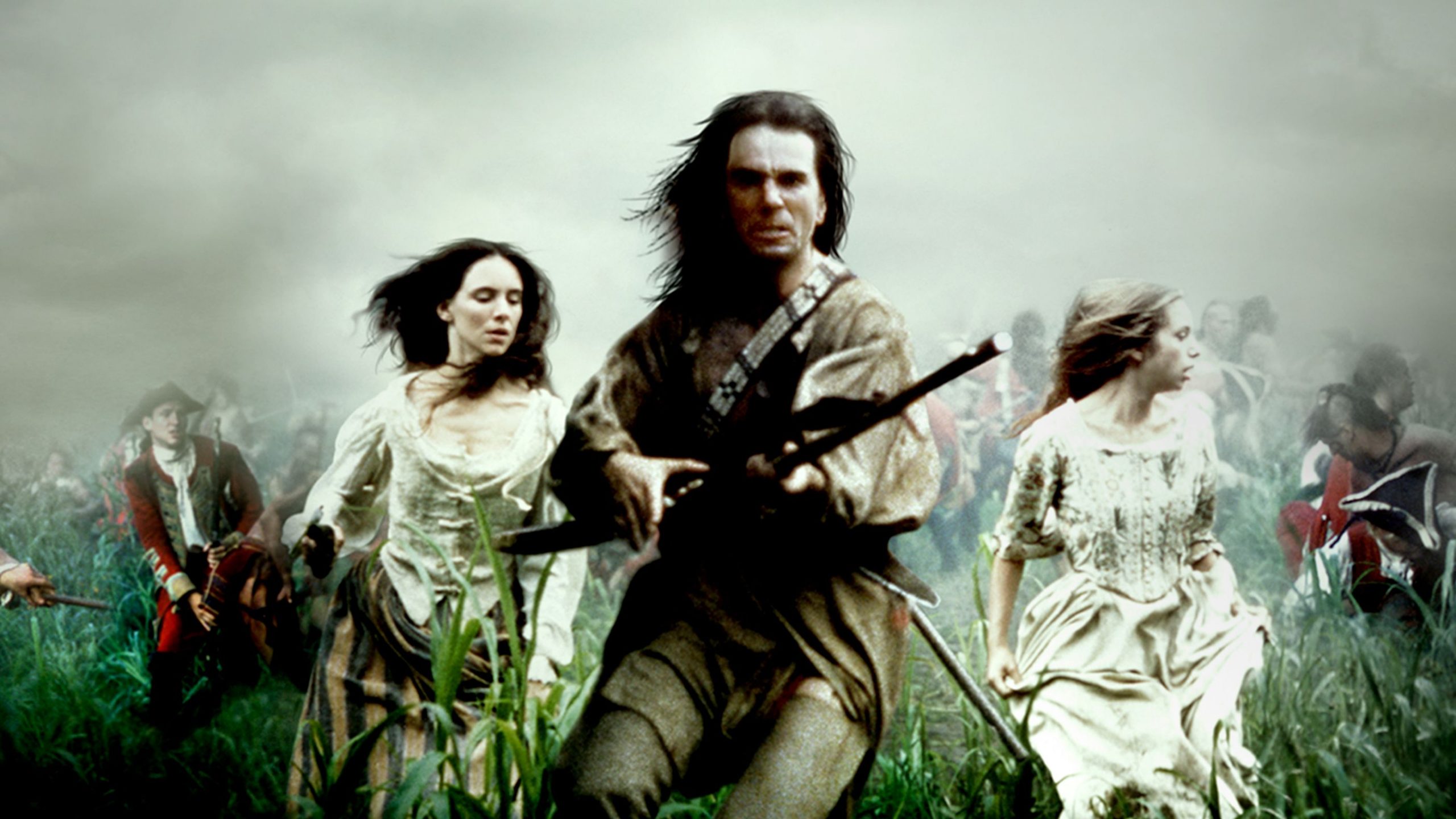
The film also explores the theme of loyalty, especially in times of conflict. For Hawkeye, his loyalty is tested between the love he feels for Cora and his bond to his adoptive Mohican family. The film does not shy away from the harsh realities of colonial warfare, presenting the devastation and brutality faced by Native American tribes and the complex alliances formed out of necessity rather than choice.
Cinematography and Action: A Visual Feast
The Last of the Mohicans is noted for its breathtaking cinematography, which captures the untamed beauty of the American wilderness. Filming locations in North Carolina add authenticity to the landscape, with sweeping forests, cascading rivers, and towering cliffs that serve as the backdrop for the story. The lush scenery enhances the sense of immersion, transporting viewers back to a time when the land was both a refuge and a battleground.
The film’s action sequences, particularly the climactic final chase, are intense and visually striking. Michael Mann’s direction brings a visceral realism to the battles and personal combat, creating an atmosphere that is both thrilling and emotionally charged. The choreography of these scenes, combined with the evocative musical score by Trevor Jones and Randy Edelman, ensures that they resonate powerfully with audiences.
Character Performances: A Standout Cast
Daniel Day-Lewis delivers a powerful performance as Hawkeye, embodying the character’s resilience, compassion, and inner conflict. His dedication to the role included undergoing rigorous physical training to authentically portray a frontiersman skilled in survival and combat. The chemistry between Day-Lewis and Madeleine Stowe adds depth to the romance between Hawkeye and Cora, making it believable and compelling.
Suggested videos for you:
The supporting cast also contributes significantly to the film’s impact. Russell Means, as Chingachgook, and Eric Schweig, as Uncas, bring a sense of dignity and authenticity to their roles. Wes Studi’s portrayal of Magua, the film’s antagonist, is memorable for its intensity and complexity; rather than a one-dimensional villain, Magua is a character driven by his own grief and desire for vengeance, providing a deeper exploration of the consequences of colonialism.
A Legacy of Historical Drama
The Last of the Mohicans is more than just a love story set in wartime; it is an exploration of the cultural, political, and personal conflicts that shaped an era. Its portrayal of Native American characters was groundbreaking for its time, offering a more nuanced and respectful depiction than many earlier Hollywood films.
The film’s themes of survival and cultural identity continue to resonate, making it a timeless piece of cinema that has influenced historical dramas that followed. With its blend of romance, action, and historical insight, The Last of the Mohicans remains a powerful reminder of the complexities of America’s past.
